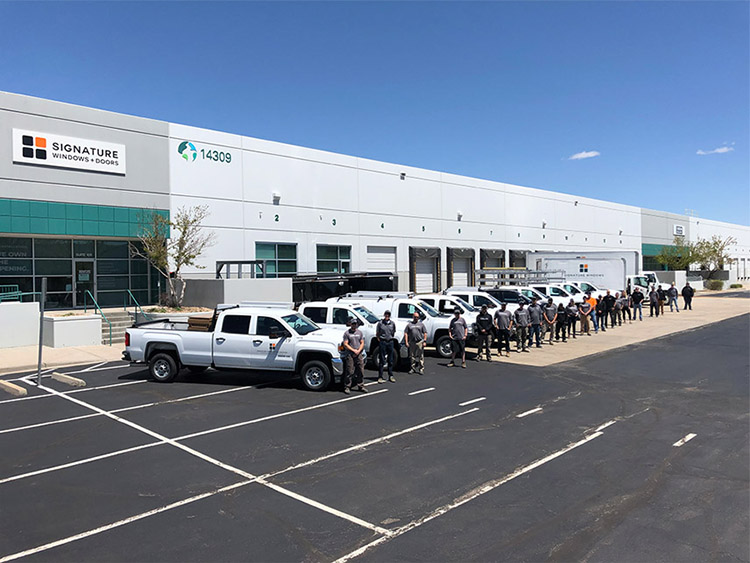WINDOW REPLACEMENT GUIDE:
HIGH ALTITIDE WINDOWS
Approximately 1% of the population of the U.S. lives at an elevation at or greater than 5,000 feet. This is far too small of a sliver for manufacturers to build for, or regulators to consider, when writing codes.
Thus, when Energy Star 2010 levels were determined for windows, and the efficiency required to achieve the federal tax credits was written into law, high altitude window markets were ignored.
The problem is that a majority of window manufacturers are located at elevations of 1,000 feet or less and use an inert gas, mostly argon, to improve energy efficiency (lower U-Values). Argon, in dual pane glass units, requires the units be sealed to preserve the gas. This seal is accomplished by deleting the capillary tube found in air-filled glass units. Seal units are not able to equalize pressure so as the windows are shipped to our Front Range location, the gas expands with the altitude gain and without the breather tube, bow outwards at the center. The higher the altitude gain, the greater the pressure – to the point that the seal between the panes can weaken and/or fail, or the glass can break.
Those of us who serve high altitude markets in the new construction and replacement window business are left with four, compromised alternatives:
- We can specify argon-filled units if the job site altitude and the nature of the window is such that the structural integrity and warranty can be maintained.
- Secondarily, we can sell the windows with capillary tubes or air-filled. These units will not qualify for the tax credit and will not meet Energy Star – Northern Region. The difference in heating costs will be negligible from a modeled energy consumption point of view.
- We can specify tri-pane glass that qualifies, but will cost significantly more than what can be recouped by the tax credit and the payback in energy savings will not be measurable for decades.
- We, or you, can buy from the few vinyl and fiberglass manufacturers who fabricate windows locally and thus don’t face the same altitude problems.
Marvin and Integrity windows are working on solutions for our market. Watch our blog for updates. In the interim, ask the window companies you are considering what they think is best for your home and why.
Part One: Introduction
Part Two: Replacement Windows
Part Three: Energy Efficiency
Part Four: High Altitude
Part Five: Historic Windows
Part Six: Warranty & Service
Part Seven: FAQ

